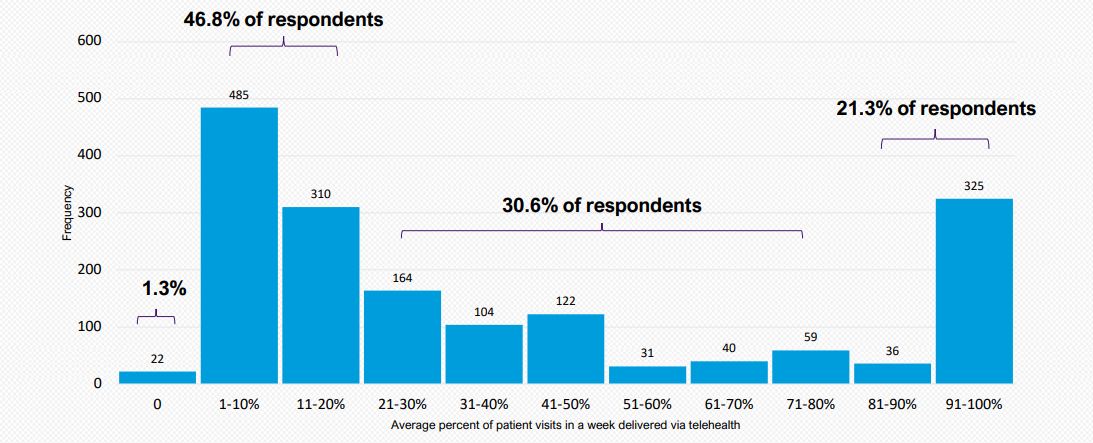
@ShahidNShah


In today’s rapidly evolving healthcare landscape, patient engagement stands as a critical pillar for enhancing care quality and driving better health outcomes. Traditionally, patient engagement relied heavily on face-to-face interactions between healthcare providers and patients. However, with the advent of groundbreaking technologies, a new era of patient-centric solutions has emerged, revolutionizing the way healthcare is delivered and experienced.
This article delves into the world of innovative patient engagement strategies, highlighting successful examples of patient-centric technologies that have ushered in a new era of seamless communication, empowerment, and collaboration between patients and healthcare providers.
The adoption of artificial intelligence (AI) has led to the creation of personalized virtual health assistants, empowering patients with instant access to relevant healthcare information and support. These virtual assistants leverage patient data, medical history, and preferences to offer tailored advice, medication reminders, and lifestyle recommendations. According to a recent study by Health Affairs, patients who utilized virtual health assistants showed improvement in medication adherence and reduction in hospital readmissions.
Interactive health portals serve as secure online platforms that enable patients to access their medical records, test results, and treatment plans at their convenience. These portals foster a sense of ownership and transparency in healthcare decisions, encouraging patients to actively participate in their care journey. A survey conducted by the American Medical Association revealed that patients who used health portals felt more engaged in their healthcare, leading to better treatment adherence and increased satisfaction.
Gamification has emerged as a novel approach to engage patients in their health and treatment. Through gamified mobile applications and platforms, patients can learn about their conditions, treatment options, and preventive measures in an entertaining and interactive manner. A study published in Advances in Health Science Education found that patients exposed to gamified education experienced an increase in health knowledge retention compared to traditional educational methods.
Remote patient monitoring systems leverage connected devices and wearables to track patients’ health metrics in real-time, allowing healthcare providers to remotely monitor their conditions and intervene proactively when necessary. Journal of Medical Internet Research reported a staggering 76% reduction in hospital readmissions among patients with chronic conditions who utilized RPM technology.
Telemedicine has emerged as a game-changer in healthcare accessibility, especially for patients residing in remote or underserved areas. According to Telehealth Survey Report (2021) by American Medical Association, 62% of doctors agree or strongly agree that adopting telemedicine has improved patient satisfaction.

The percent of telehealth compared to in-person visits varies across physicians and practices
AI-driven patient engagement analytics platforms are transforming how healthcare providers measure and improve patient engagement. By analyzing patient interactions, feedback, and preferences, providers can identify patterns and trends to tailor engagement strategies effectively. A report by Deloitte highlighted that organizations using AI-driven analytics experienced a 50% increase in patient engagement scores.
The widespread adoption of wearable health devices has ushered in an era of continuous patient monitoring beyond the confines of healthcare facilities. These devices, equipped with advanced sensors, provide real-time data on vital signs, activity levels, and sleep patterns. A report published in Deloitte LLP noted that 68% of patients using wearable health devices reported improved overall well-being and a heightened sense of control over their health.
Innovative patient engagement strategies have disrupted the traditional healthcare paradigm, ushering in an era of personalized, patient-centric care. The successful examples of patient-centric technologies presented in this article underscore the transformative potential of harnessing cutting-edge solutions to foster better engagement and communication between patients and healthcare providers. As these technologies continue to evolve, healthcare leaders must embrace these advancements to cultivate a culture of patient empowerment, transparency, and collaboration, ultimately paving the way for improved health outcomes and enhanced patient experiences.
In the rapidly evolving digital age, the healthcare industry has witnessed a profound transformation, with data becoming the lifeblood of medical practice. As hospitals and health tech innovators …
Connecting innovation decision makers to authoritative information, institutions, people and insights.
Medigy accurately delivers healthcare and technology information, news and insight from around the world.
Medigy surfaces the world's best crowdsourced health tech offerings with social interactions and peer reviews.
© 2025 Netspective Foundation, Inc. All Rights Reserved.
Built on Jul 4, 2025 at 12:42pm